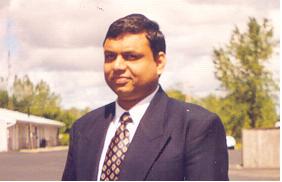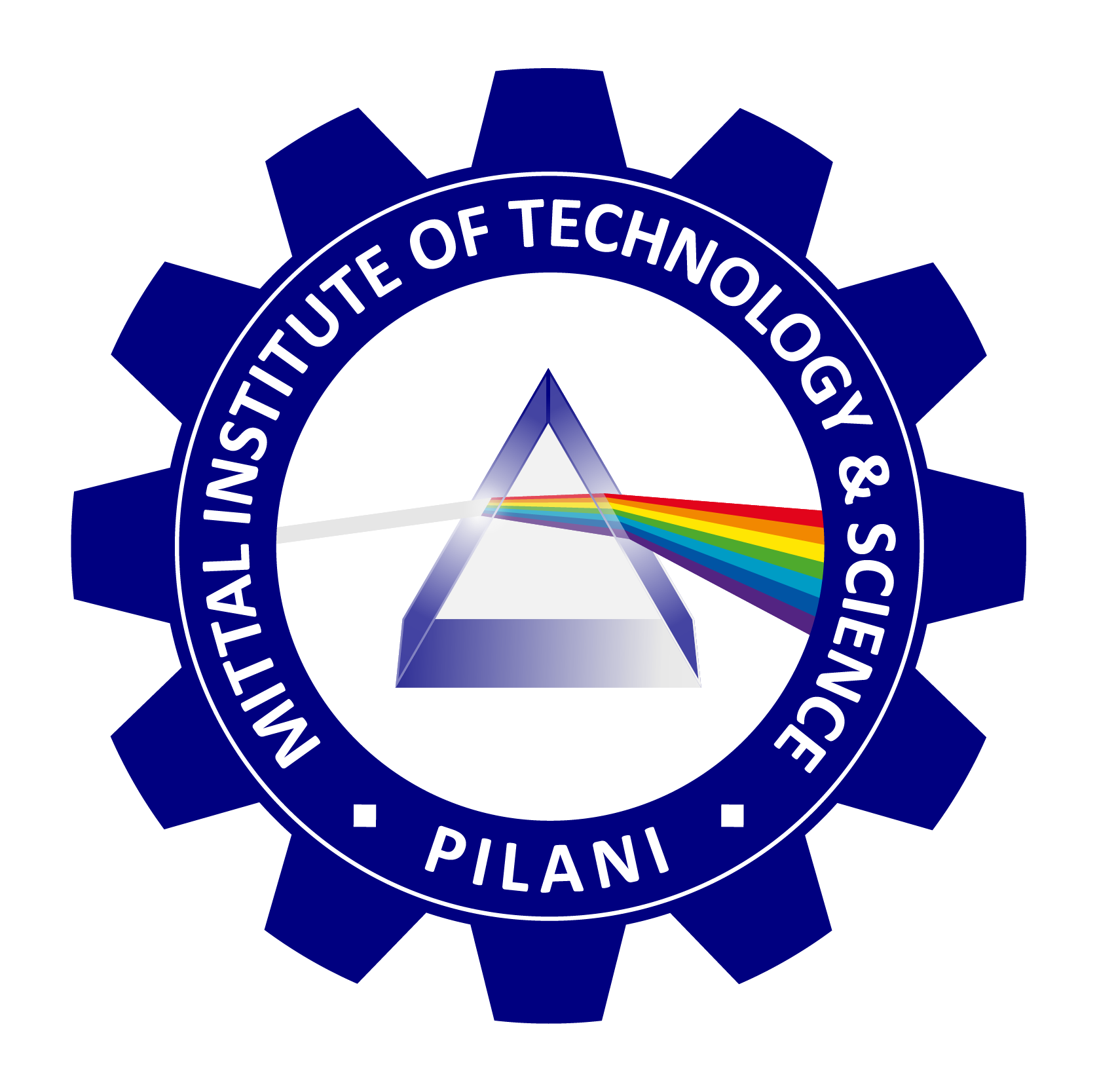
Edge Computing: Transforming the Future of Data Processing
Edge computing is revolutionizing the way we process data, enabling real-time insights and faster decision-making by decentralizing computing power. Instead of sending data to centralized cloud servers for processing, edge computing allows data to be processed closer to where it is generated — at the “edge” of the network. This innovative approach is reshaping industries by providing faster responses, reducing bandwidth usage, and enhancing security.
What is Edge Computing?
At its core, edge computing refers to the practice of processing data locally, on devices such as smartphones, sensors, routers, and other Internet of Things (IoT) devices. This reduces the need to send massive amounts of data back and forth between central servers and end devices. In contrast to traditional cloud computing, where data is processed in distant data centers, edge computing leverages distributed computing power to handle tasks locally.
Edge computing is a distributed computing paradigm that brings computation, data storage, and processing closer to the sources of data, such as IoT devices, sensors, and other endpoints. This proximity reduces latency and bandwidth consumption by eliminating the need for data to travel to centralized cloud servers for processing, enabling real-time analytics and decision-making. In telecommunications, edge computing is particularly valuable in scenarios like 5G networks, where low-latency and high-throughput applications (e.g., augmented reality, autonomous vehicles, and smart cities) demand immediate processing. By leveraging edge nodes, telcos can offload traffic, decrease latency, and improve service availability while enhancing network efficiency through localized data handling.
From an architectural standpoint, edge computing complements cloud computing by extending computational capabilities to edge devices or micro data centers. These nodes are strategically placed to manage workloads that require high responsiveness, making the architecture more resilient and scalable. The integration of edge computing in telecommunications not only optimizes data flow but also enables network slicing, allowing multiple virtual networks to coexist and cater to specific use cases with differentiated service requirements. Edge computing also addresses privacy and security concerns by processing sensitive data locally, minimizing exposure to potential attacks during transmission to distant cloud servers. This paradigm shift opens new avenues for innovation in telecommunication services, with the potential to redefine the future of connected applications.
- Reduced Latency: By processing data locally, edge computing dramatically reduces the latency that occurs when sending data to remote servers. This is critical for applications that require real-time responses, such as autonomous vehicles, industrial automation, and remote healthcare services.
- Improved Bandwidth Efficiency: Instead of transferring all data to the cloud, edge computing processes the most relevant data at the edge, reducing the need for constant data transmission. This helps optimize bandwidth usage, particularly in areas with limited or expensive internet connectivity.
- Enhanced Security and Privacy: Since sensitive data can be processed and stored locally at the edge, rather than being transmitted over the internet, edge computing offers an additional layer of security. This is especially beneficial for industries handling confidential information, such as healthcare, finance, and government sectors.
- Scalability: Edge computing enables businesses to deploy distributed networks that scale more efficiently than traditional centralized systems. With more computing power spread across local nodes, organizations can support a growing number of IoT devices and users without overloading a single data center.
- Autonomous Vehicles: Self-driving cars rely on immediate decision-making to ensure safe navigation. Edge computing processes sensor data (such as from cameras and radars) directly within the vehicle, enabling split-second responses without relying on distant cloud infrastructure.
- Smart Cities: Cities around the world are implementing smart infrastructure, using IoT devices for monitoring traffic, controlling energy consumption, and managing waste. Edge computing allows these systems to operate more efficiently, by analyzing data on-site and providing actionable insights in real-time.
- Healthcare: In remote healthcare applications, edge computing enables wearable devices and health monitoring tools to analyze patient data on-site. This ensures faster diagnostics and reduces the dependency on cloud-based services, which may not always be accessible in critical situations.
- Manufacturing and Industrial IoT: Factories are adopting edge computing to improve production efficiency by processing sensor data from machines in real-time. This allows predictive maintenance, optimized resource usage, and rapid response to equipment failures.
Challenges and Considerations
While edge computing offers numerous advantages, it also introduces new challenges:
- Device Management: Managing a large number of distributed edge devices can be complex, requiring effective monitoring, updates, and troubleshooting.
- Security Risks: Although edge computing can enhance privacy, it also expands the attack surface by introducing more points of vulnerability at the network’s edge. Ensuring robust security measures are implemented is crucial.
- Data Governance: Storing and processing data locally may lead to regulatory and compliance issues, especially in regions with strict data governance laws. Organizations must ensure that edge deployments align with local regulations.
Edge computing is poised to transform the digital landscape, offering businesses and industries the ability to process data faster and more efficiently. As IoT adoption continues to surge and 5G networks become widespread, edge computing will play an increasingly pivotal role in delivering smarter, more responsive technologies. The future of edge computing holds immense potential, promising to drive innovation across a broad range of industries, from autonomous vehicles to healthcare, smart cities, and beyond.
In a world where speed, efficiency, and real-time data are paramount, edge computing is the next frontier in computing, bringing data processing closer to the source and revolutionizing the way we interact with technology.

Professor Rakesh Mittal
Computer Science
Director
Mittal Institute of Technology & Science, Pilani, India and Clearwater, Florida, USA
Contact: RakeshMittal@MITSCommunications.com
